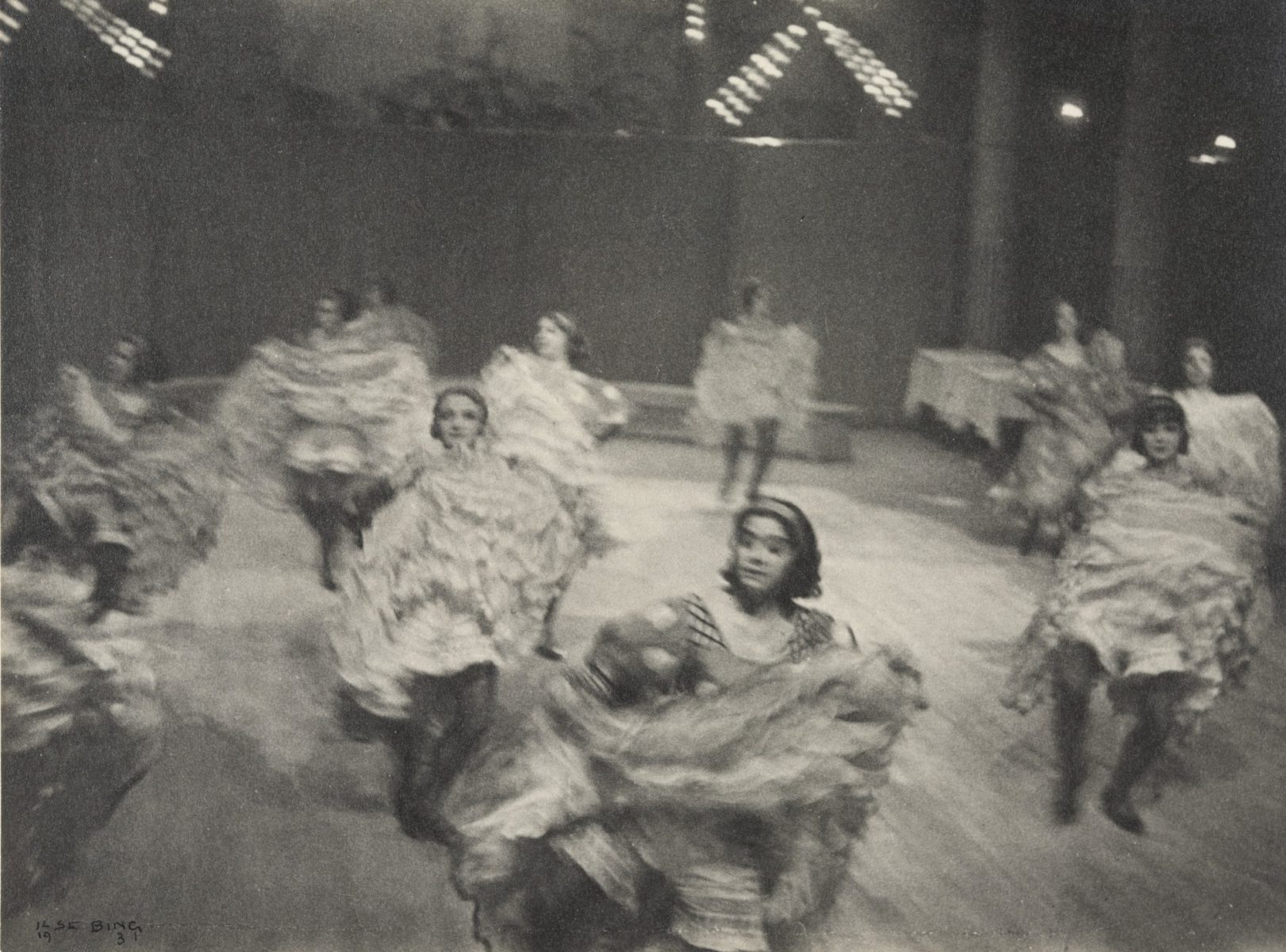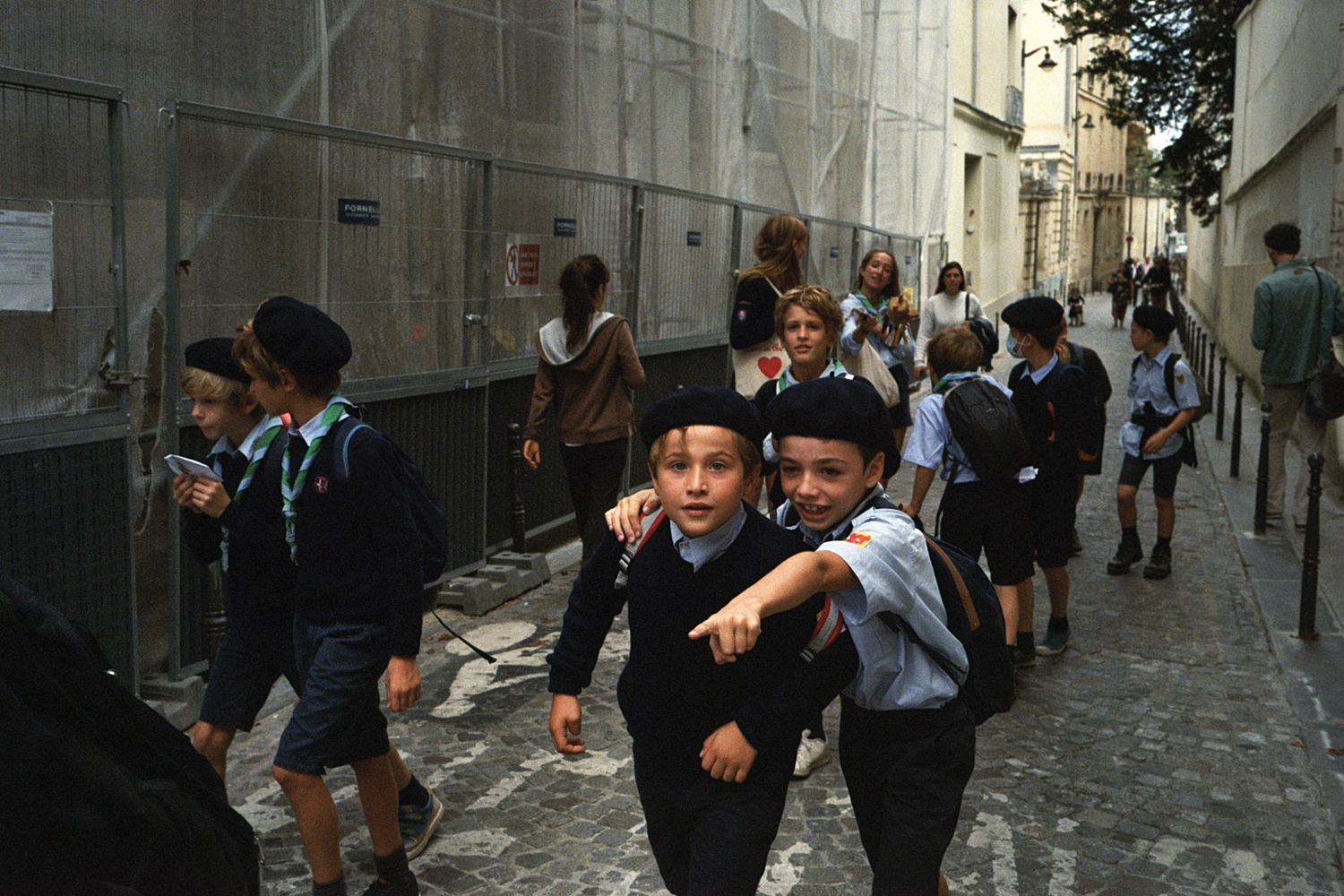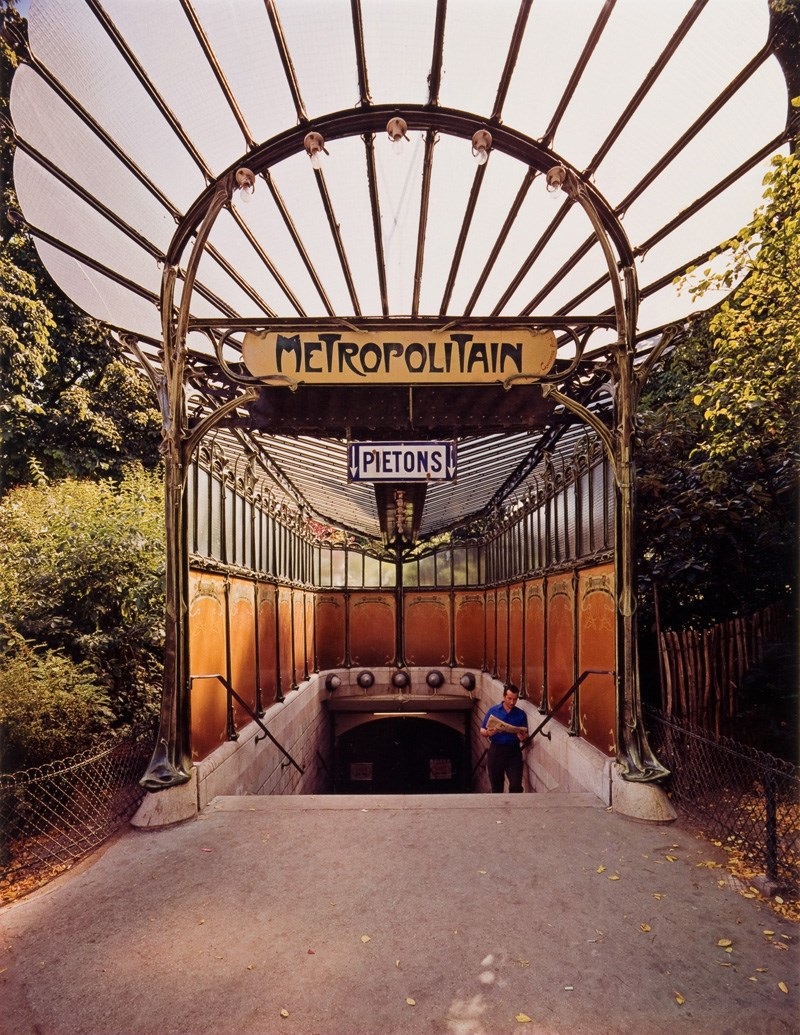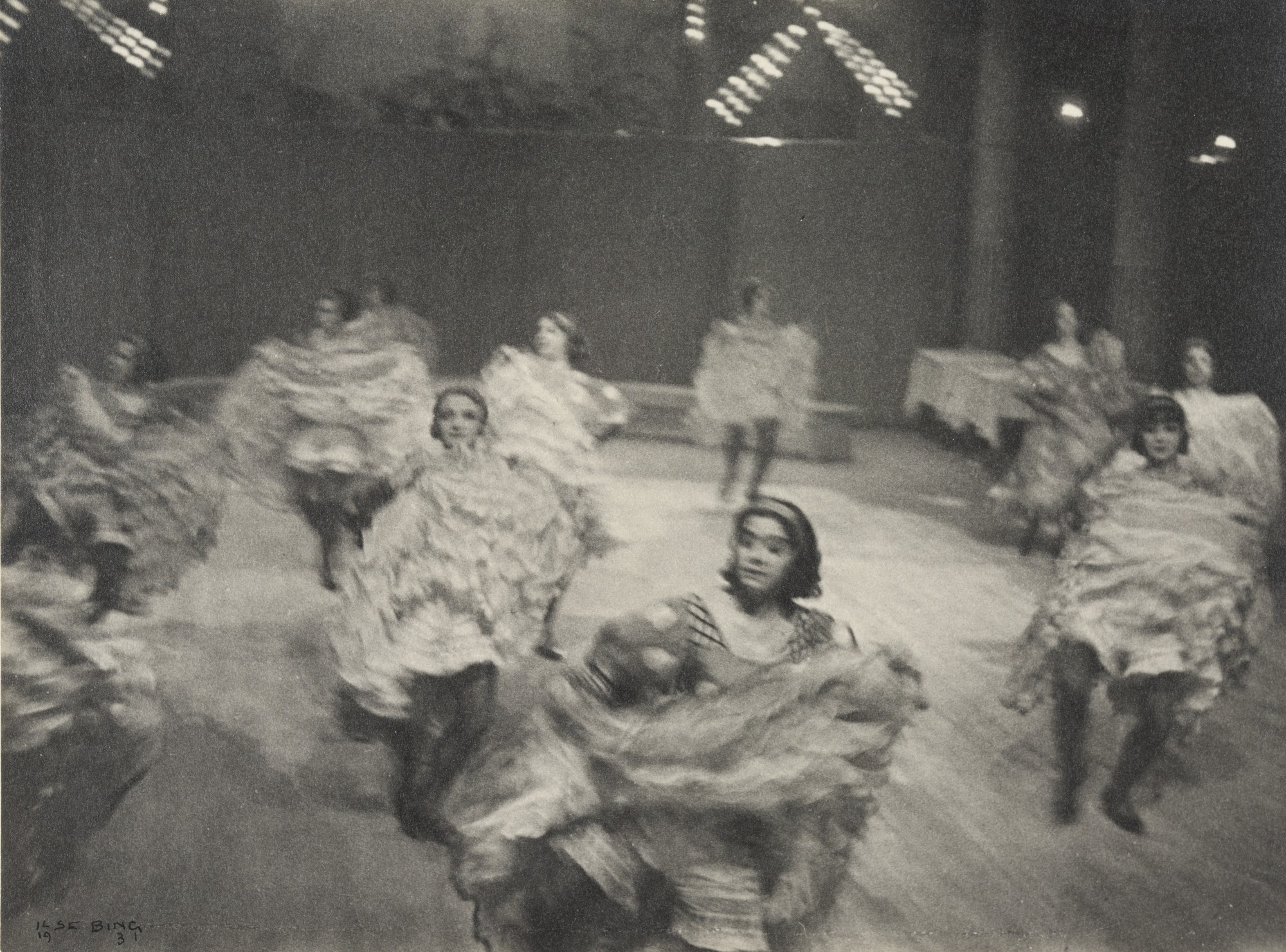“To know Paris is to know a great deal.” – Henry Miller
From the innovative work of Louis Daguerre, one of photography’s founding fathers, to the poetic humanists who shaped the very landscape of the modern medium, Paris boasts a proud and unique photographic heritage and, to this day, remains one of the most photographed cities in the world.
1. Kiss by the Hôtel De Ville – Robert Doisneau, 1950
Perhaps the most iconic example of Paris street photography and an image that exemplifies the romanticism many associates with the city: ‘Kiss by the hotel de Ville’, depicts a pair of young lovers locked in a passionate embrace, seemingly unconcerned by their busy surroundings. A pioneer of photojournalism alongside compatriot Henri Cartier-Bresson, Robert Doisneau photographed the ‘City of Lights’ everyday scenes over a lifetime. A natural romantic, he shunned the gritty realism often associated with humanist photography, instead pursuing moments of beauty, which he once compared to ‘’finding treasure”.
However, although the pair in the photo were actual lovers, the picture was staged, commissioned by Life Magazine for a ‘Lovers of Paris’ themed photo spread. Doisneau approached the couple, both young theatre students, after spotting them on the street, and photographed them in several locations, the last of which was in front of the Hôtel de Ville.
2. Passage de Clichy – Brassaï, 1930 – 32
Hungarian photographer Brassaï moved to Paris in 1924 and spent much of his life there. He initially worked as a journalist, but his friendship with fellow Hungarian André Kertész, a photographer who himself had recently moved to the city, led to him acquiring a camera in 1930, and he dedicated himself to photography thereafter.
Nicknamed the ‘Eye of Paris’ by his close friend, author Henry Miller, Brassai was a key exponent of humanist photography. He focused on the surreptitious side of Paris life: photographing prostitutes, pimps, and drunks, usually in the working class Montparnasse neighbourhood. In 1933, Brassai published his first book, Paris by Night, a collection of 64 photographs depicting the avenues and cobbled alleyways of the city, shrouded in intense darkness, perforated occasionally by the soft glow of gas lanterns. Though often seemingly unremarkable in their subject matter, the images are captivating, conveying a brooding sense of mystery, and of the surreal, exemplified perfectly in Passage de Clichy.
3. Café, Paris – Saul Leiter, 1959
Saul Leiter (1923 – 2013), was one of the early pioneers of colour photography, known predominantly for his compelling images of the streets bordering his Manhattan home. However, one of the most profound examples of his work, and one that exhibits all of the traits for which he is celebrated, is his 1959 image of a Parisian café. Shot through the window, a technique he favoured, the glass reflects delicate images of the street outside, including, a partial image of the photographer himself. Whilst the muted pastel-like tones which he achieved partially through using expired Kodachrome film, give the image a wonderful painting-like quality, indicative of his active interest in the medium.

4. French Cancan Dancers, Moulin Rouge – Ilse Bing, 1931
Frankfurt born Ilse Bing was one of the most influential photographers of the inter-war period and an icon of the modernist movement. Given the moniker ‘Queen of the Leica’ for her mastery of the revolutionary hand-held camera, she was a pioneer of numerous techniques, including the use of the electronic flash, night photography, and solarization.
Largely self-taught, she moved to Paris in 1930 to pursue her photography career and quickly established herself at the forefront of the city’s avant-garde art scene, alongside the likes of Brassaï and Man Ray. Her images are spontaneous and playful, at times verging on abstract; exemplified in her 1931 series depicting dancers at the iconic Moulin Rouge cabaret. Here, she brilliantly captures the excitement and glamour of the occasion, the dancers a barely definable, almost ethereal whirlwind of patterned silk; the shimmering lights; the delighted audience.
5. Paris, Montparnasse – Andreas Gursky, 1993
German photographer Andreas Gursky’s masterpiece portrays the Jean Dubuission-designed Mouchotte building on Paris’ left bank. A quarter of a mile long, it is the city’s largest residential building and an excellent example of Paris’ modernist architecture.
The wide-angle panorama and slight aerial viewpoint is typical of Gursky’s style, as is the dense geometry, and use of colour. The image represents one of his first forays into digital manipulation, a process now synonymous with his work, and actually consists of several photos shot using a large format camera and merged during post-production to form a single, awe-inspiring image.
6. The Little Parisian – Willy Ronis, 1952
Children playing by the Seine; lovers embracing; an elderly man playing petanque: Willy Ronis’ intimate portrayals of life in post-war Paris have become synonymous with his birthplace.
Like his contemporary and good friend Henri Cartier-Bresson, Ronis was a key purveyor of humanist photography. He focused on the lives of working-class Parisians, finding moments of beauty and romance during a time when poverty and social unrest were widespread. ‘Le Petit Parisien’: an image of a young boy running down the street carrying a giant baguette, his face beaming with excitement, is perhaps his most iconic photograph, and typifies the optimism, and technical brilliance of his work.
7. Yellow Vest Protester – Lucas Barioulet, 2019
Paris based photojournalist Lucas Barioulet’s striking image was taken during the yellow vest protests in early 2019. Beginning in late 2018, protesters were initially galvanised by a planned fuel tax, but this later grew into an outcry against rising inequality, and a government seen to have broken its promises to the people.
The image is potent in its symbolism: the defiance of the lone protester in his yellow vest; the looming Arc de Triomphe, one of the world’s most iconic landmarks and a symbol of French imperialism; the faint silhouettes of the policeman partially veiled by the smoke from tear gas. The picture an excellent embodiment of the gilets jaunes movement and indeed the city’s rich history of protest as a whole.
8. Backstage Alaïa Blonde + Hood – William Klein, 1986
Paris has long been a city synonymous with the world of fashion, and New York born William Klein, a long-time resident of the French capital, is widely recognized as one of the industry’s most innovative and influential photographers. Unorthodox in his approach, due, at least in part, to his time spent under the tutelage of Fernand Leger, his images often flirted with abstraction. He combined flash with multiple exposures, used a wide-angle or telephoto lens, and photographed models on the street as opposed to in a studio, as was conventional at the time.
In 1986, following a twenty-year hiatus from the fashion industry, he returned to produce the documentary ‘Mode in France’: a typically off-beat study of 80’s haute couture featuring the work of designers Jean-Paul Gaultier and Azzedine Alaïa. Whilst backstage at the runway shows, he took numerous photographs, of which ‘Blonde & Hood’ is perhaps the most iconic, representing perfectly the attributes which defined his groundbreaking work in the 50s and 60s.

9. Boy Scouts – Valentine de Villemeur, 2021
In this wonderful image, Parisian photographer Valentine de Villemeur, captures the carefreeness of youth, conveying the joy and joviality of these young boy scouts (which brings to mind Willy Ronis’ iconic image) while seamlessly expressing the inherent charm of the city. Not relying on iconic landmarks, the image instead speaks volumes through subtleties—the blue of the young boys’ scout uniforms, the stone-paved streets, and the distant white buildings all harmoniously contribute to a distinctly Parisian atmosphere.

10. 241. Metropolitan – Evelyn Hofer, 1967
Renowned for her sensitive portraiture, landscapes, and still life, the enigmatic German-born photographer Evelyn Hofer possessed the remarkable ability to perfectly capture the ambience of a place. This talent is beautifully illustrated in her iconic images of Paris, particularly in her iconic depiction of one of the Art Nouveau metro entrances designed by the trailblazing French architect Hector Guimard. Simple yet captivating, it is an image that demonstrates both the intricate beauty of Guimard’s design which has become somewhat of an emblem of the city, and the patience, meticulous artistry, and painterly eye for color for which she is celebrated.
All images © their respective owners
